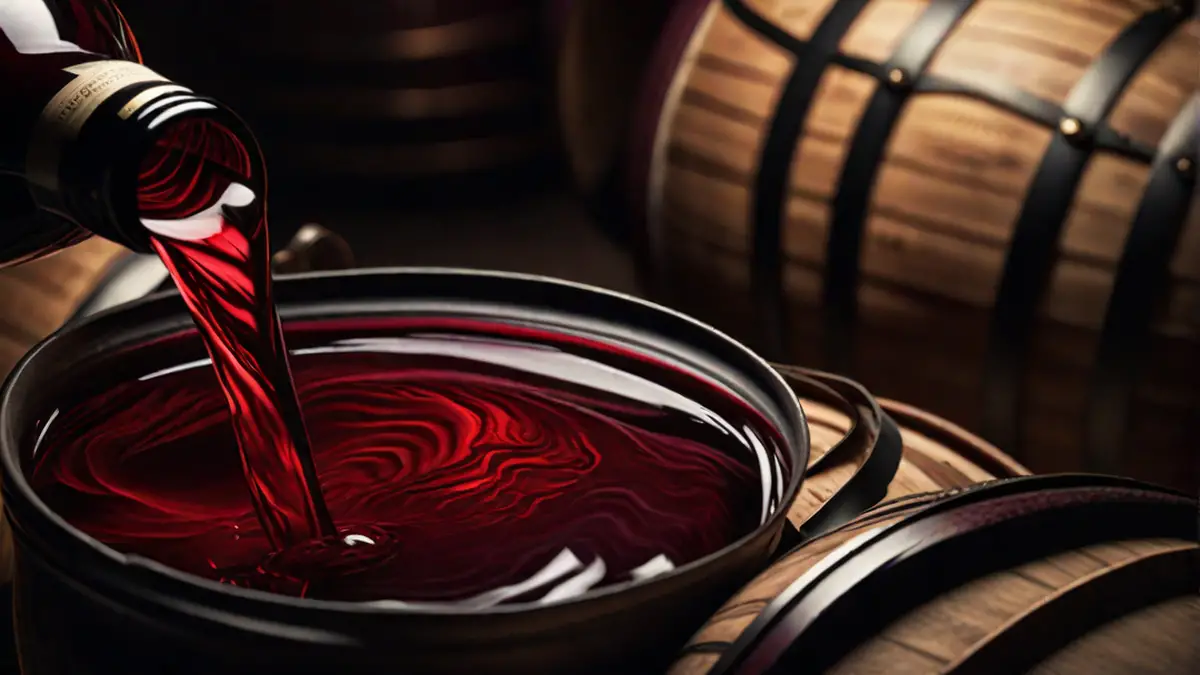Red wine is a delectable and intricate drink that has been savored by individuals all over the globe for many years. As someone who is passionate about wine, I am constantly fascinated by the procedure of creating red wine. It feels like uncovering a puzzle with every taste.
First and foremost, the quality of red wine starts with the grapes. Winemakers carefully select the best grape varieties, such as Cabernet Sauvignon, Merlot, or Pinot Noir, based on their desired flavor profiles. These grapes are typically grown in vineyards with specific climate and soil conditions that enhance their characteristics.
Once the grapes are harvested at the peak of their ripeness, they are sorted and destemmed. This ensures that only the best grapes are used for winemaking. Some winemakers may choose to leave the stems on during fermentation to add tannin structure to the wine.
Next comes the crucial step of fermentation. The destemmed grapes, along with their skins, are placed into large fermentation vessels. Yeast is added to start the fermentation process, where the sugars in the grapes are converted into alcohol. This process can take anywhere from a few days to several weeks, depending on the desired style of wine.
During fermentation, winemakers carefully monitor the temperature and control the extraction of color, tannins, and flavor compounds from the grape skins. This is done through regular punch-downs or pump-overs, which ensure that the skins and juice mix together. The longer the contact between the juice and the skins, the deeper and richer the color of the resulting wine.
Once fermentation is complete, the wine is separated from the grape skins and transferred to oak barrels for aging. Aging in oak adds complexity and enhances flavors through the slow interaction between the wine and the wood. This process can take anywhere from a few months to several years, depending on the desired style of the wine.
After aging, the wine is carefully bottled, often with the addition of small amounts of sulfur dioxide to preserve its freshness. The bottled wine is then left to further mature and develop in the controlled environment of the winery or cellar.
The final product is a beautifully crafted red wine, ready to be enjoyed. Each bottle tells a unique story of the grapes, the vineyard, and the winemaker’s skill. Whether it’s a bold and robust Cabernet Sauvignon, a smooth and elegant Pinot Noir, or a rich and fruity Merlot, red wine offers a wide range of flavors and experiences.
As I take a sip of a well-crafted red wine, I can’t help but appreciate the artistry and dedication that goes into its making. It’s a testament to the passion and devotion of winemakers who strive to create something truly special. So the next time you open a bottle of red wine, take a moment to savor not just the flavors, but also the journey it took to reach your glass.
In conclusion, the process of making red wine is a fascinating blend of science, art, and tradition. From the careful selection of grapes to the meticulous fermentation and aging process, every step contributes to the creation of a unique and enjoyable wine. So, sit back, relax, and savor the fruits of this labor of love.
